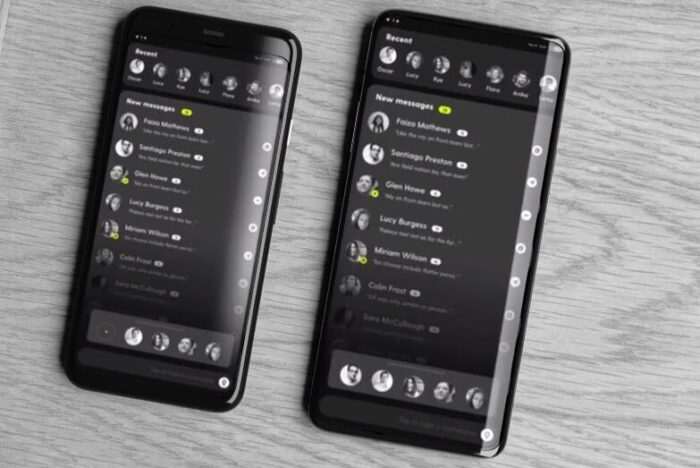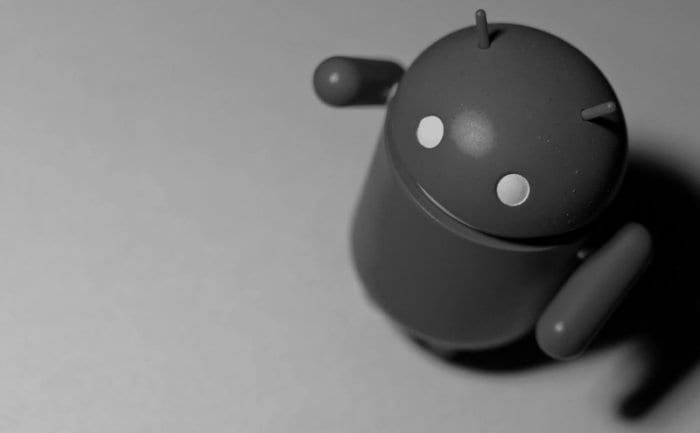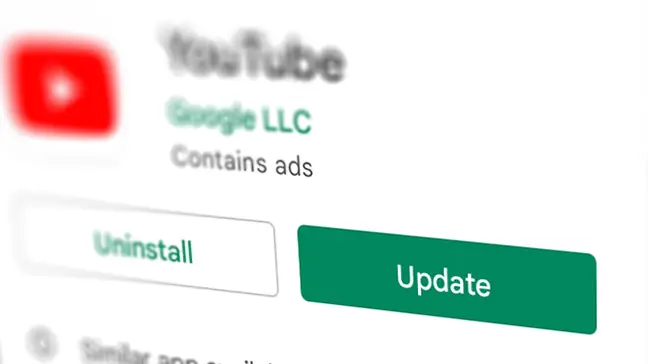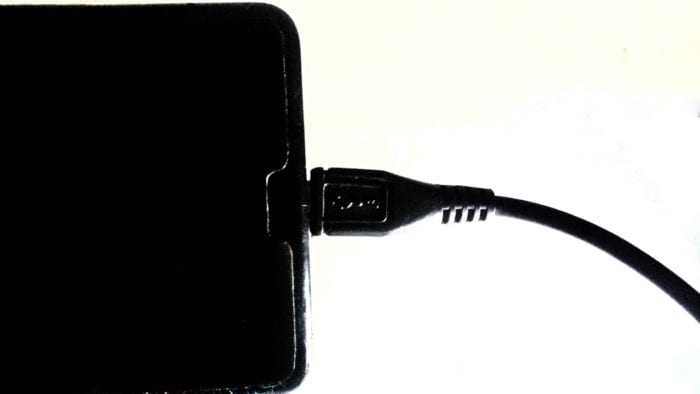Android offers a simulated display color for color-blind people so they can distinguish colors with ease. But what if we want Android to change into black and white color? Is there any option to enable it?
Fortunately, yes.
There is a hidden configuration in Android where you can turn the screen into grayscale/monochrome/black-white mode without any additional app.
Table of Contents
First, you need to enable Developer Mode
The black & white screen feature won’t be available unless you enable Developer Mode. Here is how you can enable that.
- Go to Settings → About phone
- Tap Build number seven times until you get a message “You are now a developer!”
- Go back to the Settings and select Developer options
- Make sure you turn Developer options On
How to enable black and white screen on Android
Okay, let’s go to the main tutorial. This guide works with nearly all Android versions.
1. Go to Settings → Developer options.

2. Under Hardware accelerated render, select Simulated color space.

3. Select monochromacy.

Soon after you select Monochromacy, your Android screen will turn black and white. You have to keep the Developer options on so the simulated color space can run.
This color mode would not affect the screenshot result. Your screenshot picture still in full-color mode.
Why you should enable black and white mode
There are a lot of advantages of turning Android screen into grayscale, for example:
- Great way to combat phone addiction — Former Design Ethicist at Google Tristan Harris suggests black-white screen would make apps like Instagram and Snapchat less appealing since they are in technicolor.
- Increasing productivity — Since Instagram feed no longer appealing to your eyes, chances are you will take less and less time staring at your phone and helping you to be more focused on your work.
- Reducing blue light — The blue light is generally known as radiation from the screen that could affect your sleep cycle. Since there are barely blue-related colors in black-white mode, this kind of radiation is significantly reduced.
Why you should NOT enable black and white mode
While the grayscale screen is good for you, it wasn’t always the case for your phone.
- It makes your phone slower — Since the color is simulated, it relies on the GPU to convert colors into grayscale. This extra activity certainly makes your phone a bit slower; you may notice the performance depletion when scrolling.
- The phone’s battery may drain faster — As the GPU needs increase, it will suck more power from the battery and eventually leads you to meet the charging station more often. But considering you may not be on the phone as you used to be, it’s fair to say the battery could still perform roughly the same as usual 🤞.
Alternative options

If you want to enable a black and white screen while still maintaining battery level at a reasonable time, you can try an app named Galactic Night (root required).
This app specifically designed for Samsung (and perhaps other Android phones) to create the true black and white color instead of simulated.
You can also try an experimental Android launcher named Blocc Ratio. For now, the launcher is only available for several phones (mainly flagships) but it may widely available in the coming future.
Alright, that’s a simple way to enable black and white screen on Android.
If there’s anything you’d like to ask, let me know in the comment below 🙂
Cheers! 🍺
Additional Tips for Using Grayscale Mode Effectively
Customizing Your Grayscale Experience
While enabling grayscale mode is straightforward, you can enhance its utility by pairing it with other Android features. For instance:
- Set a Schedule: Use Digital Wellbeing tools to activate grayscale during specific hours, such as bedtime or work hours. This ensures you reap the benefits without manual toggling.
- Quick Access Shortcut: Add a shortcut in your Quick Settings menu or enable an accessibility button for instant toggling of grayscale mode.
Apps to Explore
If you find the built-in grayscale options limiting, consider apps like Gray-Switch for added flexibility. These tools allow quick toggling and even automation based on battery levels or time schedules.
FAQ
How does grayscale mode affect battery life?
Grayscale mode itself doesn’t directly save power unless paired with OLED or AMOLED displays, where darker pixels consume less energy. However, the reduced screen time it encourages may indirectly conserve battery.
Can I use grayscale mode on all Android devices?
Yes, most modern Android devices support grayscale mode through Developer Options or Accessibility settings. However, the exact steps may vary by manufacturer.
Will grayscale mode impact my photos and videos?
No, grayscale only affects the display. Screenshots and media files remain in full color when viewed on other devices or after disabling grayscale.
Is there a way to automate grayscale activation?
Yes, you can use Digital Wellbeing’s Bedtime Mode or third-party apps like Gray-Switch to automate grayscale activation based on schedules or conditions like low battery.
By integrating these tips and tools, you can maximize the benefits of grayscale mode while maintaining convenience and usability.







